Activity Report–Postscript
Triassic and Later Marine Vertebrate Symposium was held successfully in China from August 28th to September 8th, 2010. Below is the list of main activities in time sequence. We were warmly welcomed wherever we visited, often with police escort and press coverage. It grew much more than we initially anticipated. As a result, we participated in three conferences and a discussion session with politicians, while visiting three museums and five field sites.
 We first held a two-day symposium at the beautiful and historical campus of the Peking University, Beijing, China. A total of 22 scientific presentations were given following four opening speaches by the respected scientists and politicians. The abstract volume is available online. We first held a two-day symposium at the beautiful and historical campus of the Peking University, Beijing, China. A total of 22 scientific presentations were given following four opening speaches by the respected scientists and politicians. The abstract volume is available online. |
|
We then moved to Guanling, Guizhou and visited the Guanling National Geopark, where there is a new museum displaying the fossils of Guanling Biota. |
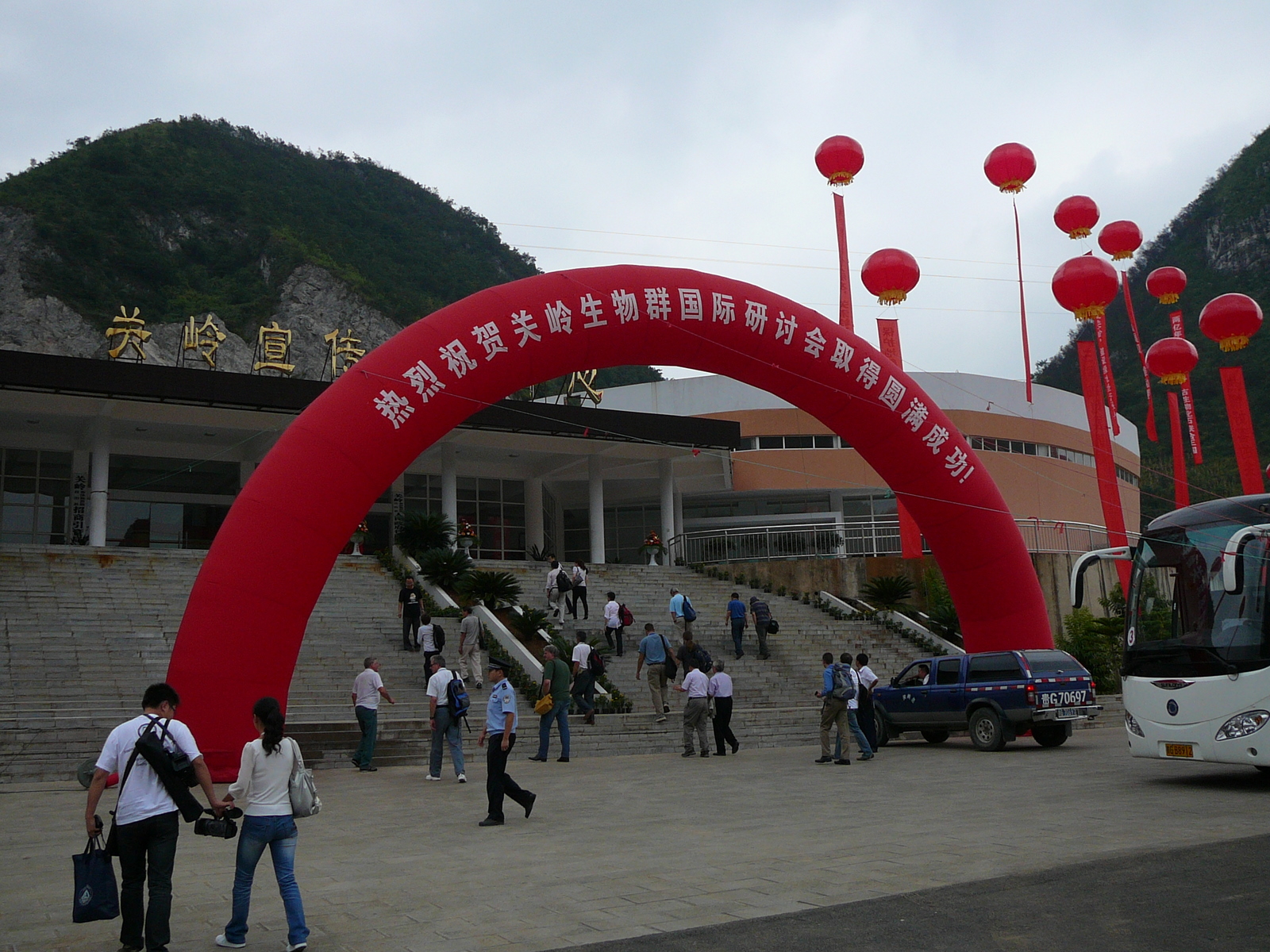 We stayed over in Guanling to attend a one-day conference on the scientific importance of the Late Triassic (Carnian) Guanling Biota and its touristic values. Seven scientific talks were contributed by the international attendees of our symposium, including three plenary presentations. We stayed over in Guanling to attend a one-day conference on the scientific importance of the Late Triassic (Carnian) Guanling Biota and its touristic values. Seven scientific talks were contributed by the international attendees of our symposium, including three plenary presentations. |
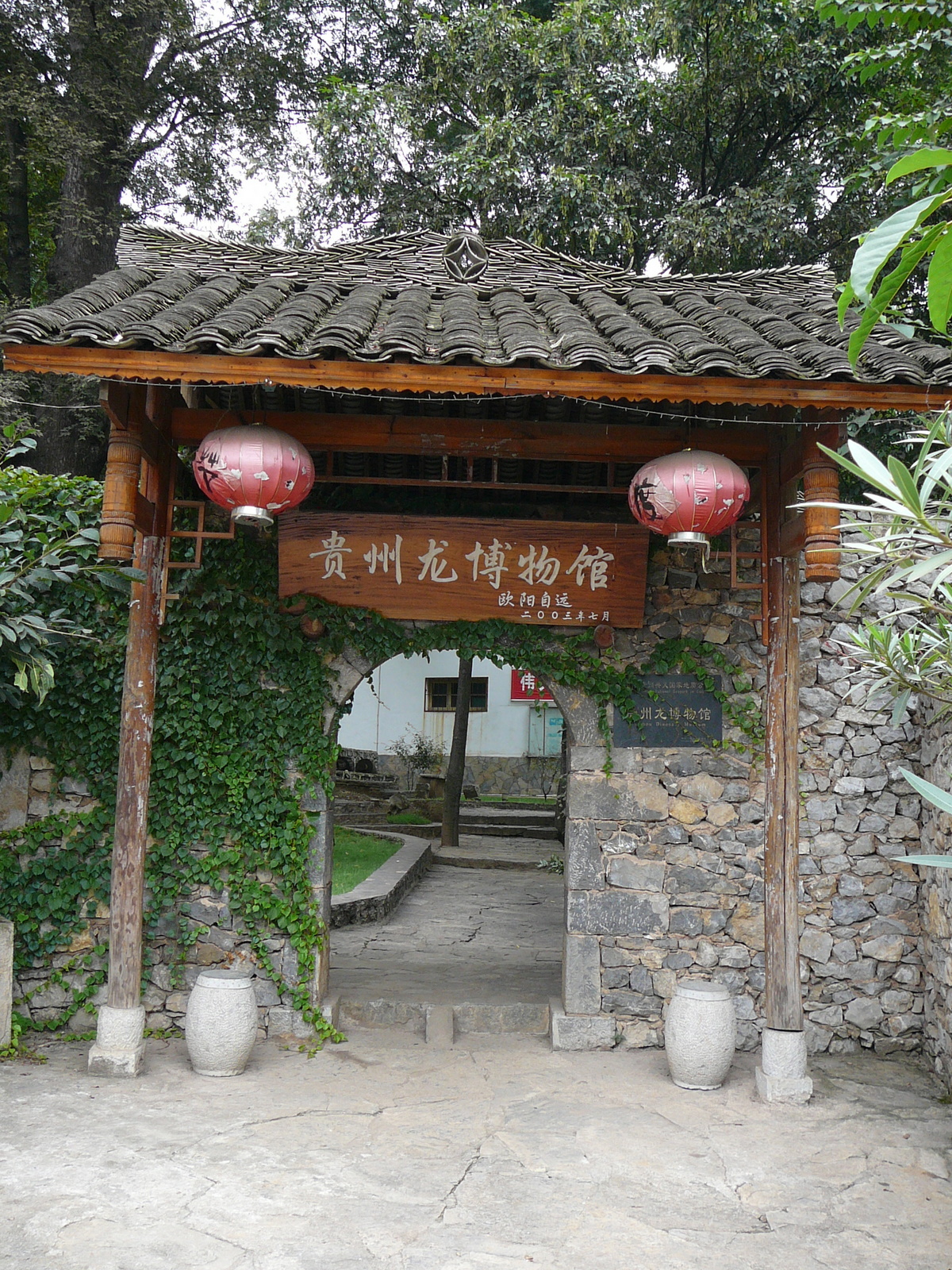 We next visited the Keichousaurus Museum in Dingxiao, Xingyi, Guizhou, where we were greeted by the hospitality of the museum staff. We next visited the Keichousaurus Museum in Dingxiao, Xingyi, Guizhou, where we were greeted by the hospitality of the museum staff. |
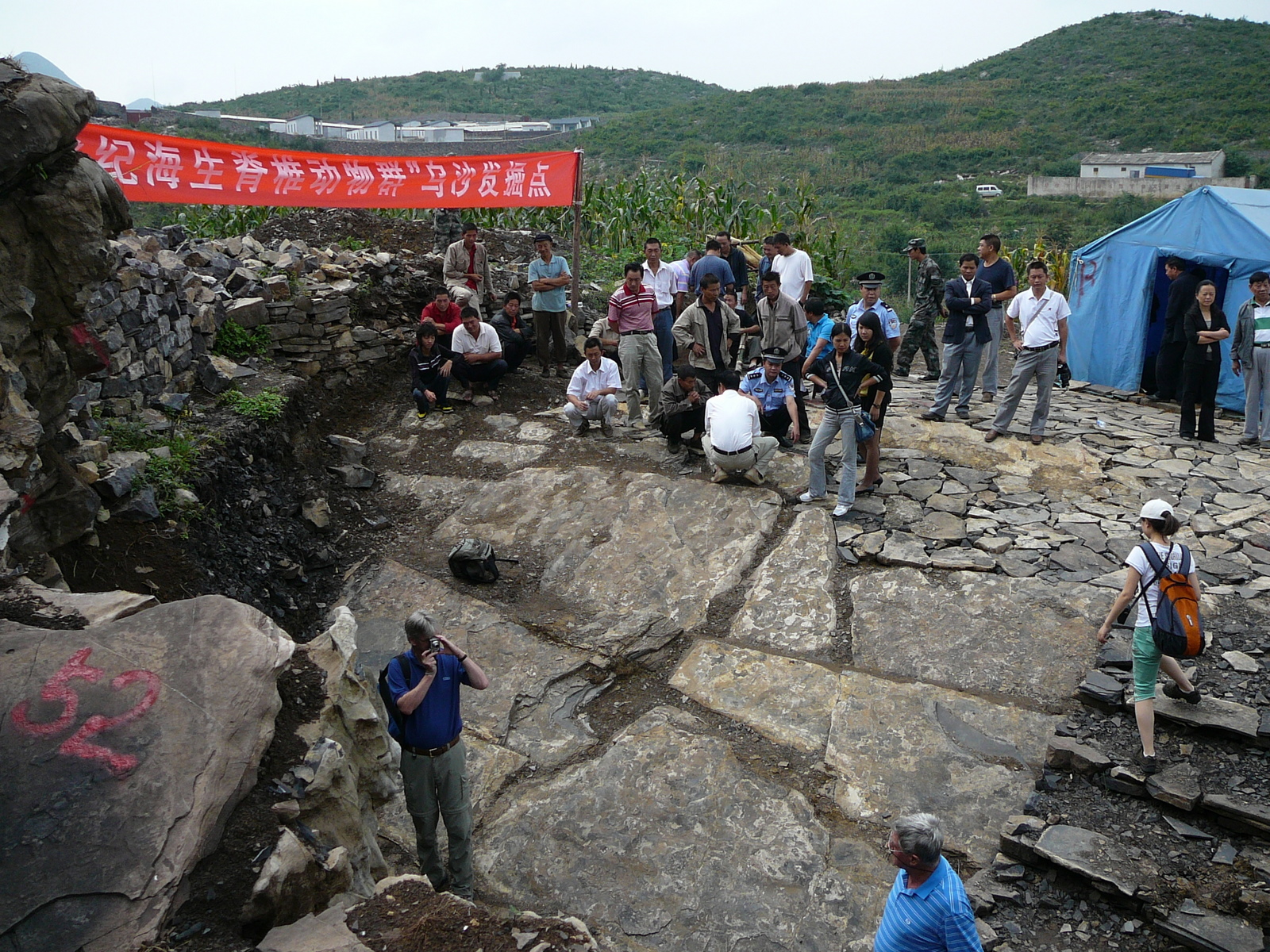 Our next stop was Wusha, Xingyi, Guizhou, where the Peking University has been excavating Middle Triassic (Ladinian) marine vertebrate fossils. We were greeted by the officials of Wusha District and Xingyi City, who kindly paved the muddy path up the hill with cobble stones from the fossil quarry. Our next stop was Wusha, Xingyi, Guizhou, where the Peking University has been excavating Middle Triassic (Ladinian) marine vertebrate fossils. We were greeted by the officials of Wusha District and Xingyi City, who kindly paved the muddy path up the hill with cobble stones from the fossil quarry. |
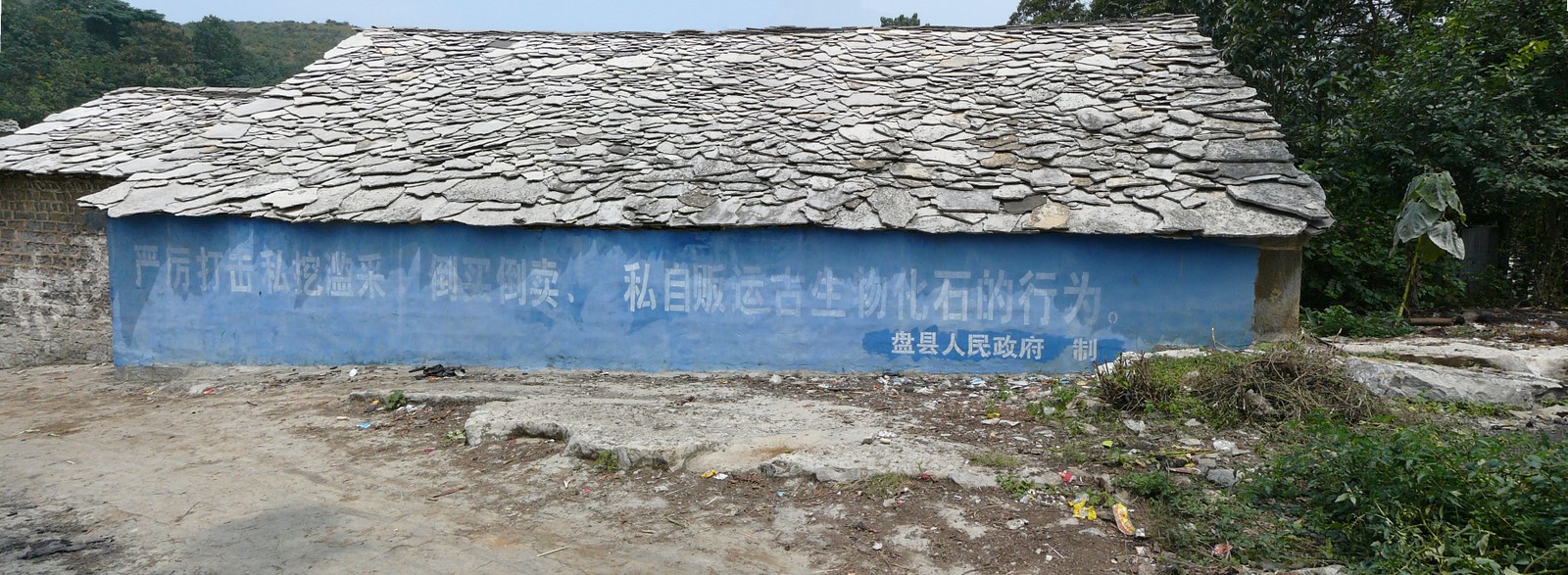 Xinmin, Panxian, Guizhou was our next destination. Yangjuan Village in this district is known for Middle Triassic (Anisian) fossils. A joint excavation among the Peking Univeristy, University of California, Davis, and University of Milan was held there in 2006-2007, partly funded by National Geographic. The Peking University has been excavating in the area since 2003. The village is rather remote compared to other sites so we had to spend a whole day in the car to enjoy the quarry for less than one hour. As the photograph shows, the area is now protected from private quarrying of fossils. Xinmin, Panxian, Guizhou was our next destination. Yangjuan Village in this district is known for Middle Triassic (Anisian) fossils. A joint excavation among the Peking Univeristy, University of California, Davis, and University of Milan was held there in 2006-2007, partly funded by National Geographic. The Peking University has been excavating in the area since 2003. The village is rather remote compared to other sites so we had to spend a whole day in the car to enjoy the quarry for less than one hour. As the photograph shows, the area is now protected from private quarrying of fossils. |
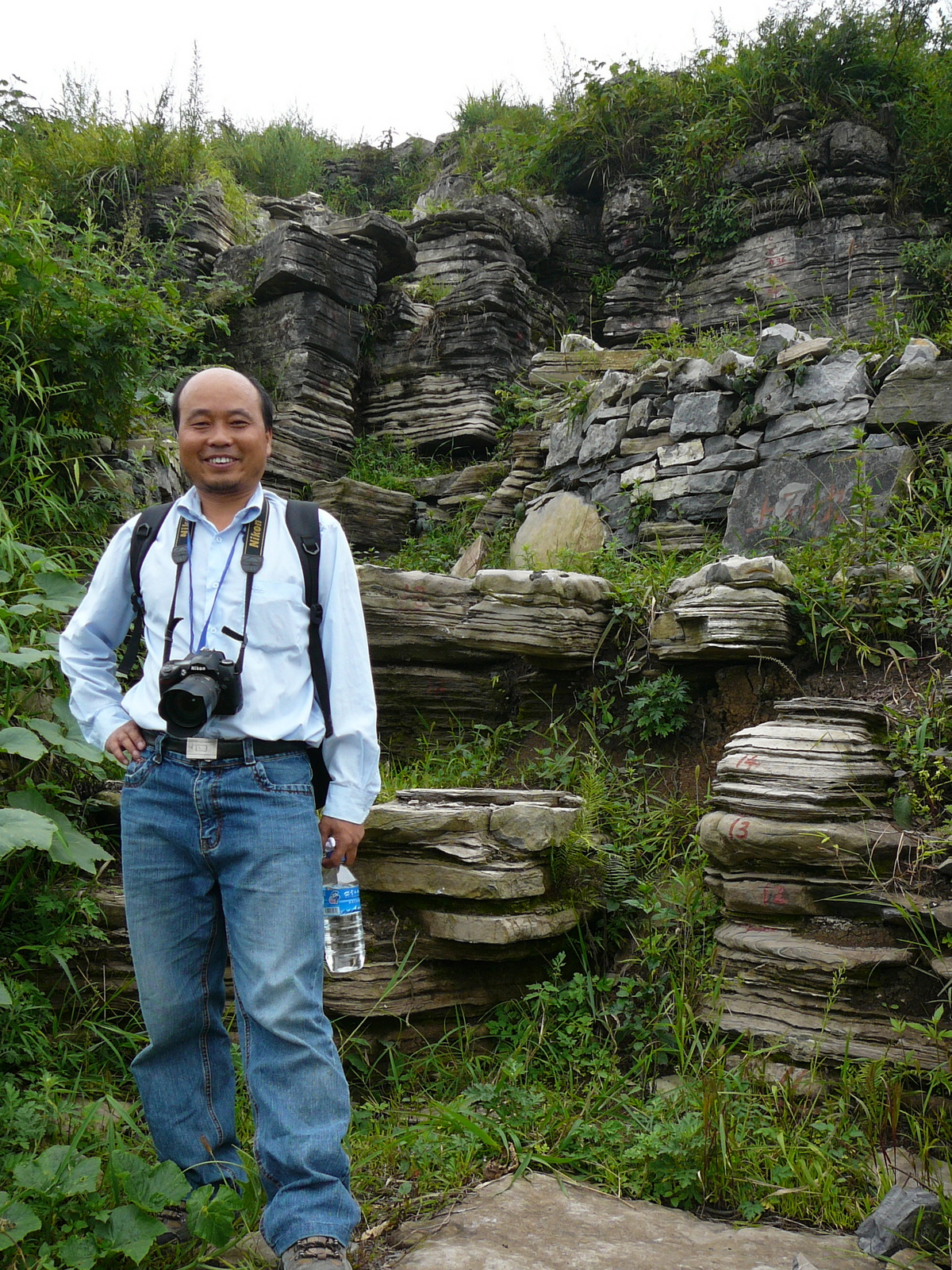 We crossed the provincial border to visit Luoping, Yunnan. The county is known not only for its newly emerging Middle Triassic fossils, but also for canola flowers that fill the landscape in spring. The local government paved the path to the main quarry on a hill top with cobblestones, and even made steps. The photograph shows Prof. Qi-yue Zhang from the Chengdu Institute of Geology, who discoverd the Luoping Biota, showing us the stratigraphy. We crossed the provincial border to visit Luoping, Yunnan. The county is known not only for its newly emerging Middle Triassic fossils, but also for canola flowers that fill the landscape in spring. The local government paved the path to the main quarry on a hill top with cobblestones, and even made steps. The photograph shows Prof. Qi-yue Zhang from the Chengdu Institute of Geology, who discoverd the Luoping Biota, showing us the stratigraphy. |
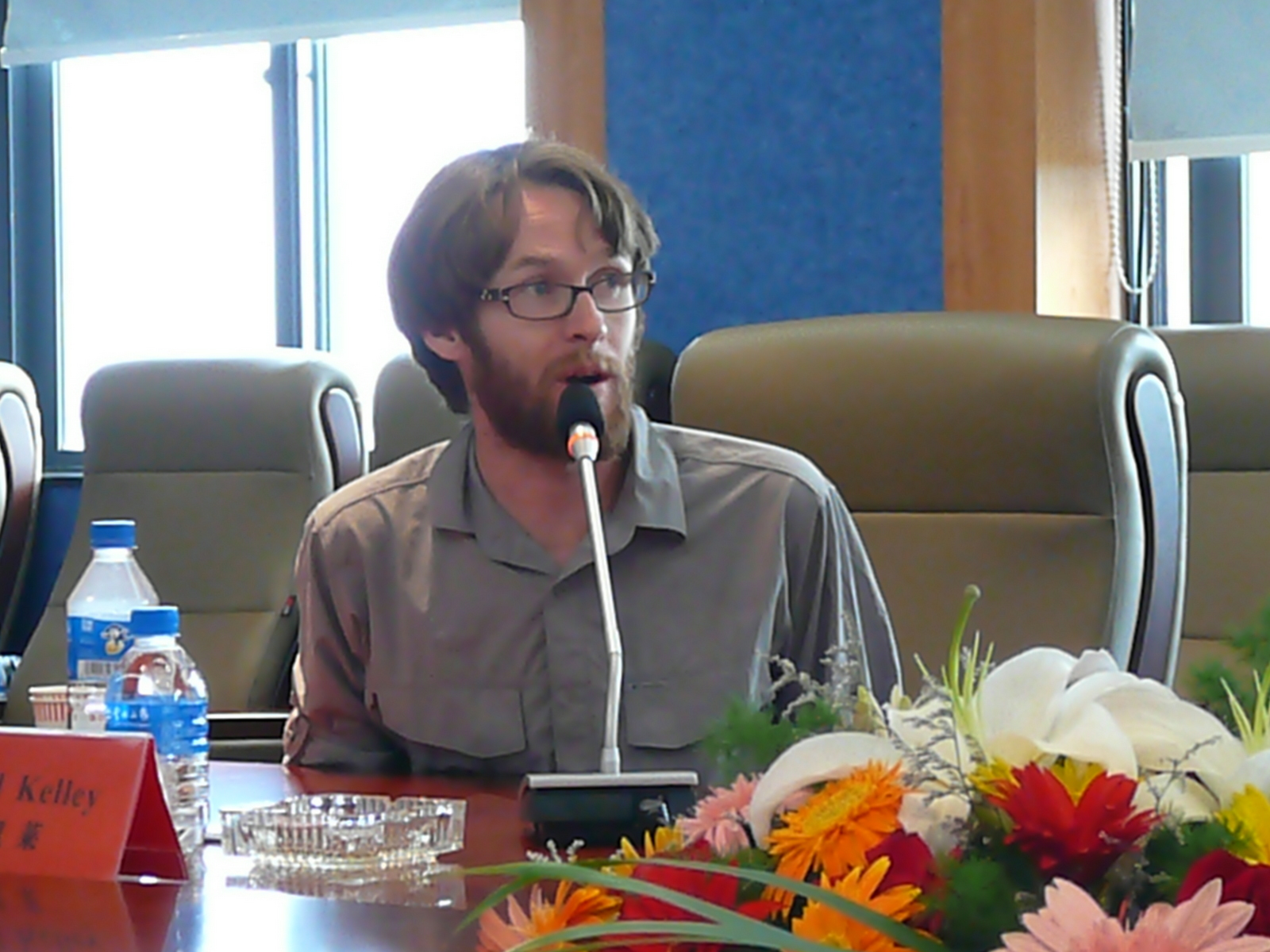 We were invited to attend a discussion session with the top politicians of Luoping County. Each of the international attendees were asked to make suggestions on the unique values of the Luoping Biota and how it may be used to promote tourism in the area. We were invited to attend a discussion session with the top politicians of Luoping County. Each of the international attendees were asked to make suggestions on the unique values of the Luoping Biota and how it may be used to promote tourism in the area. |
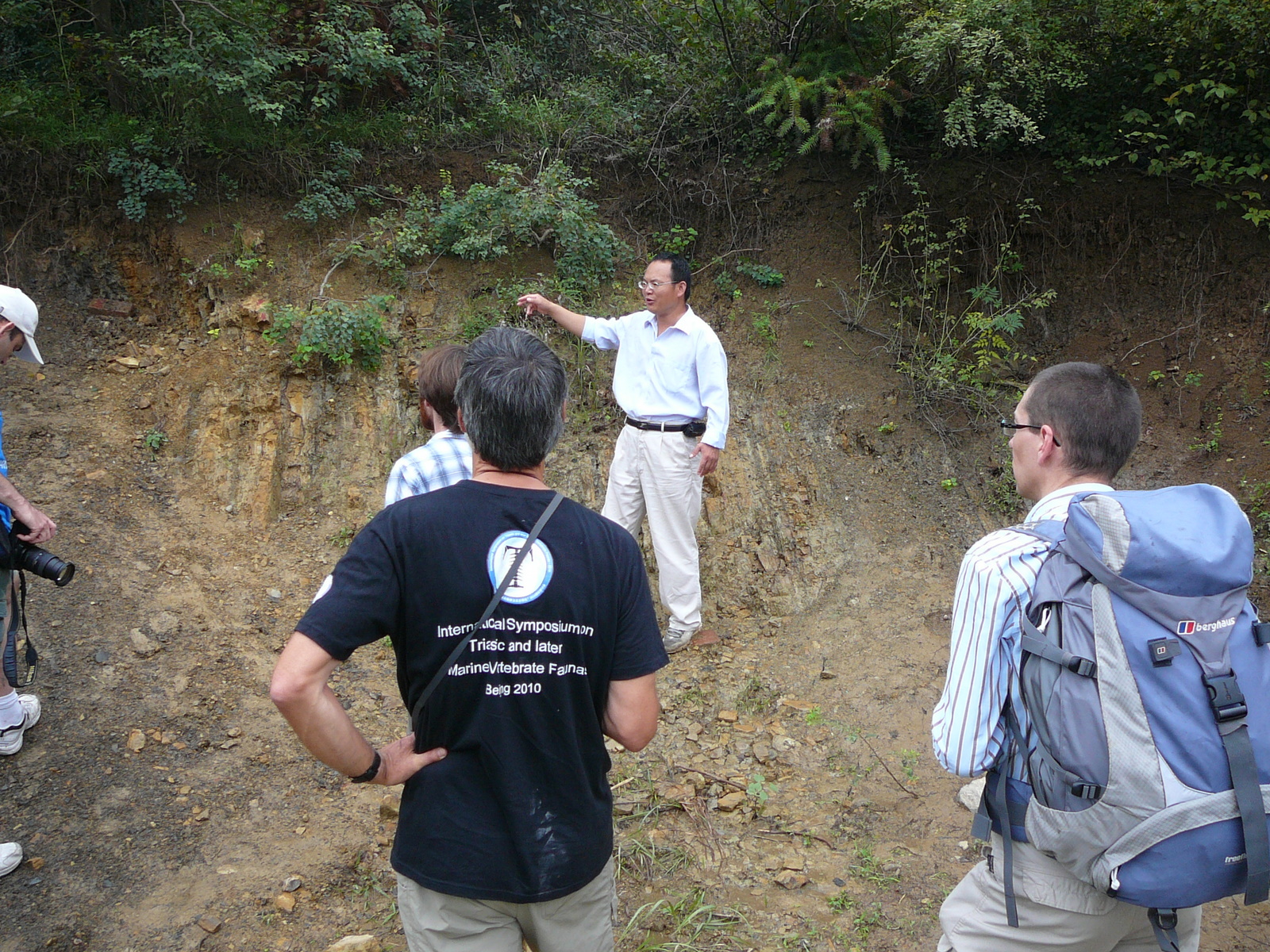 We flew to Anhui Province to visit the Early to Middle Triassic strata in Chaohu area. The photograph shows Da-yong Jiang explaining where the P/T bounday (Brick) is in the outskirt of Pindingshan area. We flew to Anhui Province to visit the Early to Middle Triassic strata in Chaohu area. The photograph shows Da-yong Jiang explaining where the P/T bounday (Brick) is in the outskirt of Pindingshan area. |
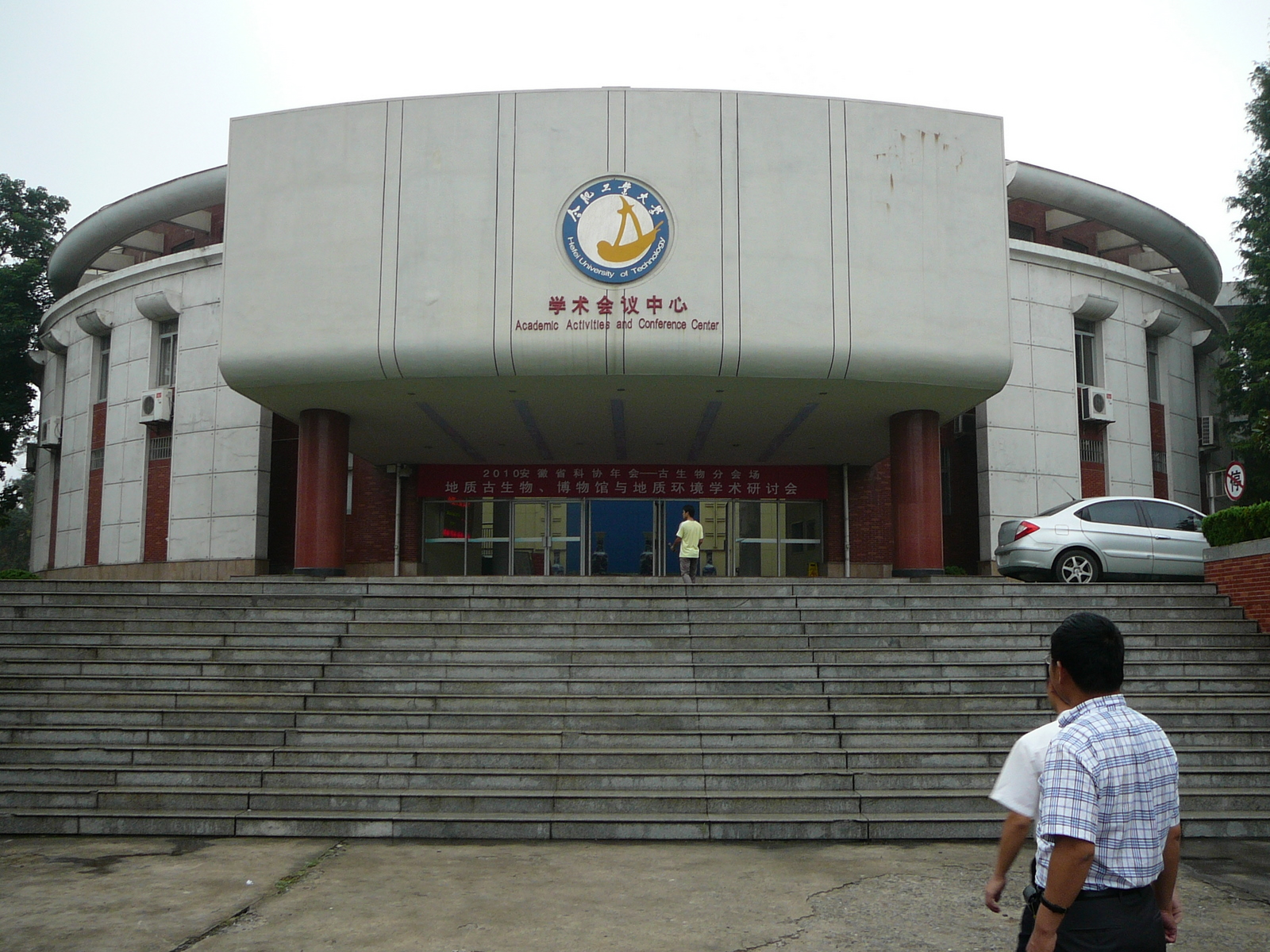 A part of us stayed in Anhui for excavation. We were invited to give lectures at the Annual Meeting of the Anhui Paleontological Society. We delivered a total of four plenary talks. A part of us stayed in Anhui for excavation. We were invited to give lectures at the Annual Meeting of the Anhui Paleontological Society. We delivered a total of four plenary talks. |
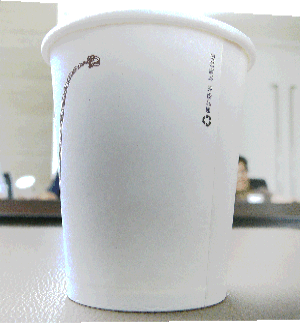 A part of us visited Zhejiang Museum of Natural History in Hanzhou to see their special exhibit on Triassic marine reptiles from China. We thank the museum staff, especially Ms. Zhao, for their hospitality. A part of us visited Zhejiang Museum of Natural History in Hanzhou to see their special exhibit on Triassic marine reptiles from China. We thank the museum staff, especially Ms. Zhao, for their hospitality. |

